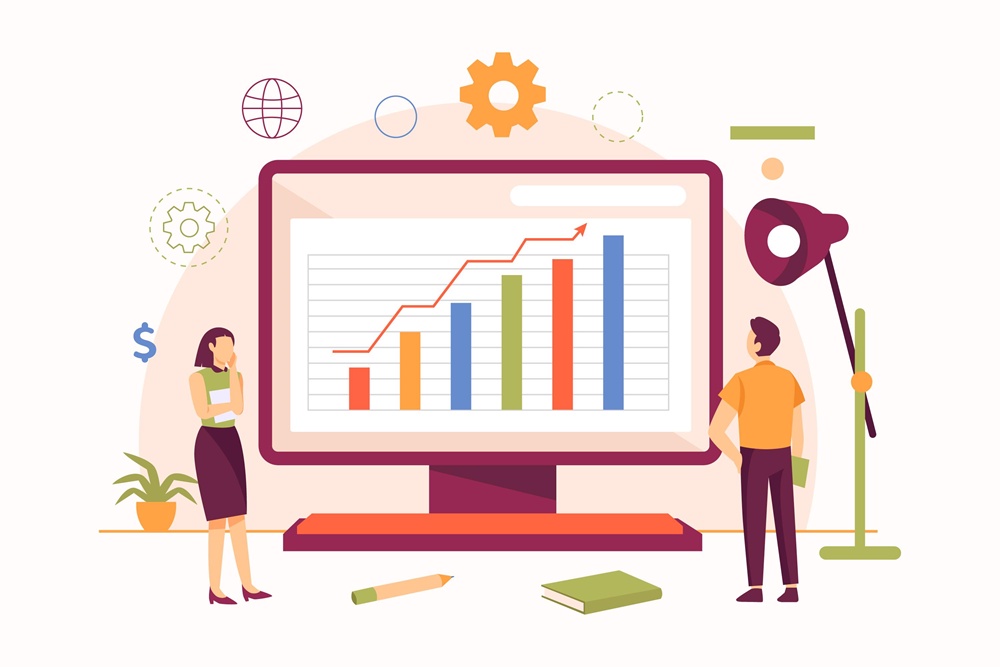In the competitive landscape of business, promotions play a crucial role in driving sales, increasing brand awareness, and engaging customers. Whether it's a discount offer, a limited-time promotion, or a special event, promotions can significantly impact consumer behavior and purchase decisions. However, the success of promotional campaigns hinges on accurate forecasting—predicting the outcomes, impact, and ROI of promotions with confidence and precision. In this blog, we explore the art and science of promotion forecasting, unveiling strategies, methodologies, and data-driven insights to anticipate success and optimize promotional efforts.
Understanding Promotion Forecasting
Promotion forecasting entails predicting the effects of promotional activities on sales, revenue, and customer behavior. It involves analyzing historical data, market trends, and promotional strategies to anticipate the outcomes of future promotions. By leveraging statistical models, predictive analytics, and advanced algorithms, businesses can forecast the impact of promotions on key performance indicators (KPIs) such as sales volume, revenue growth, and return on investment (ROI).
Importance of Promotion Forecasting
Accurate promotion forecasting is essential for businesses to make informed decisions, allocate resources effectively, and maximize the return on promotional investments. By anticipating the success of promotions, businesses can:
- Optimize Budget Allocation: Allocate resources strategically to high-impact promotions that drive sales and profitability.
- Minimize Risks: Identify potential risks and pitfalls associated with promotional campaigns and mitigate them proactively.
- Improve Inventory Management: Align inventory levels with anticipated demand fluctuations resulting from promotions, minimizing stockouts or excess inventory.
- Enhance Customer Experience: Anticipate consumer response to promotions and tailor marketing messages and offers to meet their needs and preferences.
- Measure Effectiveness: Evaluate the performance of promotional campaigns against forecasted outcomes and refine strategies based on insights and learnings.
Challenges of Promotion Forecasting
Forecasting the success of promotions presents several challenges, including:
1. Data Complexity
Promotional data often comprises multiple variables, such as promotion type, duration, discount levels, and consumer segments, making analysis and interpretation complex.
2. Seasonality and Trends
Seasonal variations, market trends, and external factors can influence the effectiveness of promotions, requiring businesses to account for these factors in their forecasts.
3. Short-Term vs. Long-Term Impact
Promotions may yield short-term sales spikes but have varying long-term effects on brand loyalty, customer lifetime value, and market share, posing challenges for forecasting.
4. Consumer Behavior
Predicting consumer response to promotions, including purchase intent, price sensitivity, and channel preferences, requires an understanding of consumer behavior and preferences.
5. Competitive Dynamics
Competitor actions, market saturation, and promotional clutter can impact the effectiveness of promotions, necessitating competitive analysis and market intelligence.
Strategies for Effective Promotion Forecasting
To overcome these challenges and anticipate the success of promotions, businesses can employ the following strategies:
1. Data Integration and Analysis
Integrate diverse data sources, including sales data, promotional data, market trends, and customer insights, into a centralized database for analysis. Leverage data visualization tools, dashboards, and reporting capabilities to gain actionable insights and identify patterns.
2. Historical Analysis and Benchmarking
Conduct a historical analysis of past promotions to identify trends, patterns, and success factors. Benchmark performance metrics against industry standards, competitor benchmarks, and internal benchmarks to set realistic goals and expectations for future promotions.
3. Segmentation and Targeting
Segment customers based on demographics, purchase behavior, and psychographic factors to tailor promotions to specific audience segments. Use predictive modeling techniques to identify high-value segments and prioritize promotional efforts accordingly.
4. Experimentation and Testing
Conduct A/B testing, control group experiments, and pilot programs to assess the effectiveness of different promotional strategies and tactics. Measure incremental lift, conversion rates, and ROI to optimize promotion design and execution.
5. Scenario Planning and Sensitivity Analysis
Develop scenario-based forecasts to evaluate the impact of different promotional scenarios on sales, revenue, and profitability. Conduct sensitivity analysis to assess the robustness of forecasts under various assumptions and scenarios.
Data-Driven Insights for Promotion Forecasting
In addition to strategies, businesses can leverage data-driven insights and analytics techniques to enhance promotion forecasting:
1. Predictive Modeling
Utilize predictive modeling techniques, such as regression analysis, time series forecasting, and machine learning algorithms, to forecast the impact of promotions on sales and revenue. Train models on historical data and validate them using holdout samples or cross-validation techniques to ensure accuracy and reliability.
2. Market Basket Analysis
Conduct market basket analysis to uncover associations and relationships between products purchased during promotions. Identify cross-selling opportunities, complementary products, and upselling strategies to maximize the effectiveness of promotions and increase basket size.
3. Customer Lifetime Value (CLV) Analysis
Calculate customer lifetime value (CLV) to assess the long-term impact of promotions on customer profitability and retention. Segment customers based on CLV metrics and tailor promotional offers and incentives to high-value segments to maximize ROI and customer lifetime value.
4. Social Media Listening
Monitor social media channels, online reviews, and customer feedback to gauge consumer sentiment and perception of promotional campaigns. Use sentiment analysis and text mining techniques to extract insights from unstructured data and identify opportunities for improvement or optimization.
5. Demand Forecasting
Integrate promotion forecasts with demand forecasting models to align inventory management, production planning, and supply chain operations. Anticipate demand fluctuations resulting from promotions and optimize inventory levels to meet customer demand while minimizing stockouts and excess inventory.
Promotion forecasting is a critical component of strategic planning and marketing strategy, enabling businesses to anticipate the success of promotional campaigns and optimize their effectiveness. By leveraging data-driven insights, predictive modeling techniques, and strategic analysis, businesses can anticipate consumer behavior, market dynamics, and competitive pressures, empowering them to make informed decisions and drive business growth.
Conclusion
Promotion forecasting is a dynamic and multifaceted discipline that requires a combination of data-driven insights, strategic planning, and creative execution. By learning from the successes and strategies of leading brands, businesses can enhance their promotion forecasting capabilities and drive marketing success in today's competitive marketplace.
Predict your sales volume and demand trends with our Artificial Intelligence-based SaaS platform visit: https://thousense.ai/
Source: https://diigo.com/0w4msy


No comments yet